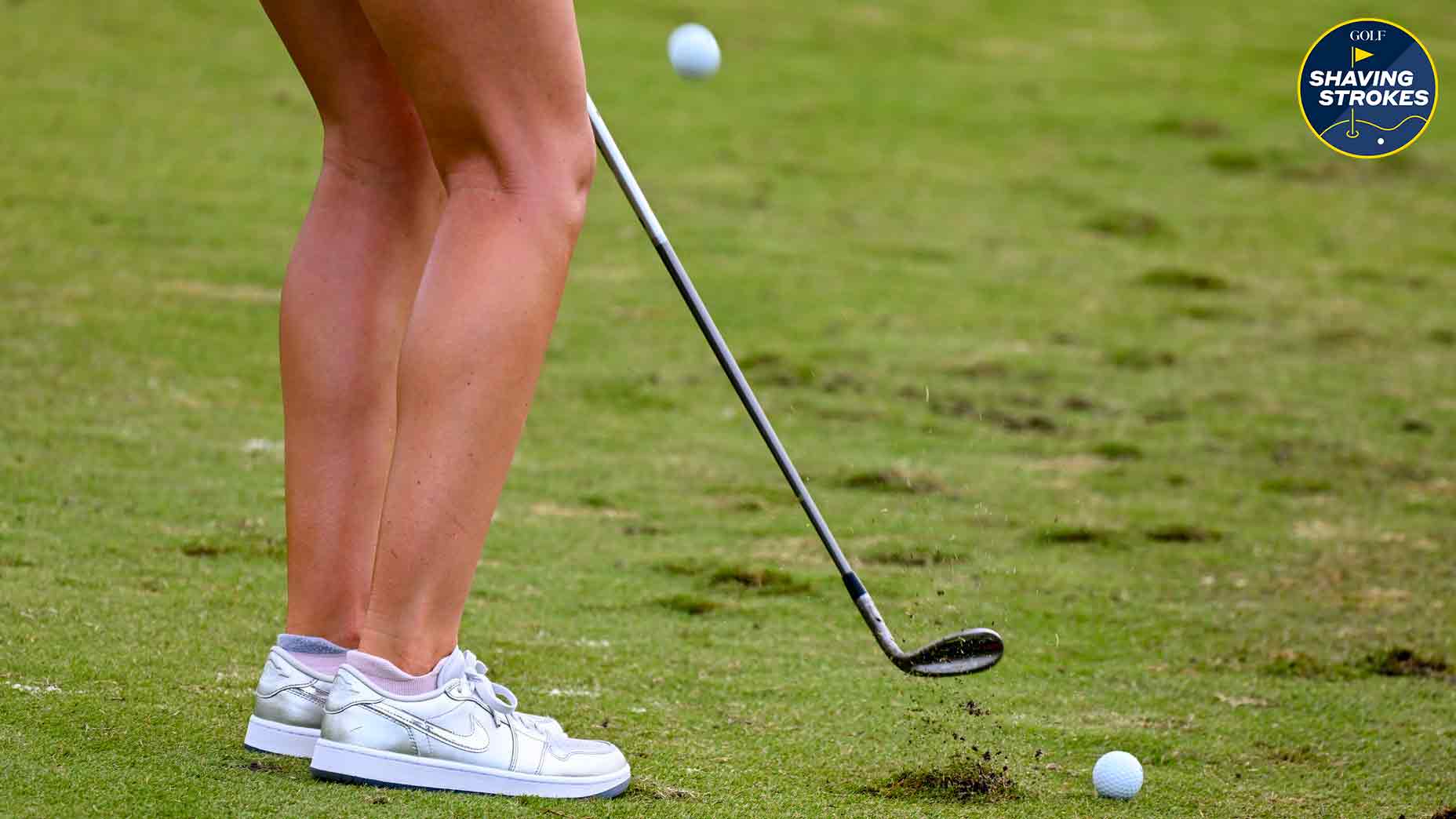There are tons of elements that go into the golf swing, but one that often gets overlooked by amateur players is feet position.
There’s no one-size-fits-all when it comes to your feet position in the golf swing — just look at Scottie Scheffler — but for average players, understanding how to properly use them can go a long way toward improving your game.
From using ground force to generate more power and distance, to shifting your weight from one side to the other, your feet are the very foundation for which all those other swing fundamentals are based upon. After all, if you’re off-balance as you come through impact, you’re not going to hit it flush.
Since this is such a common problem for amateurs, I asked GOLF Teacher to Watch Cody Carter for some advice on where the feet should be positioned in the golf swing — which, admittedly, has me rethinking everything I knew about my setup. Check out what Carter has to say below.
How to determine your feet position in the golf swing
“Using your feet has always been part of the golf swing,” Carter says. “But over the past few years, we’ve been introduced to technologies that help us measure when and how much force to apply into the ground during the swing.”
Carter says these types of technologies have uncovered tons of new information, which allows golfers to improve with instant feedback based off real-time trends.
“This technology has given [golf teachers] exact data, which makes us better-suited to help improve every aspect of a player’s athleticism,” he adds. “By doing so, this correlates with them becoming more consistent ball-strikers.”
But Carter often sees inconsistencies with how the feet are used in the golf swing and says these are the most common mistakes (with tips to fix them).
Foot flair
Golfers either have too much foot flair in their feet, or not quite enough. So what does flaring the feet do and how should you flair them?
A lot of players like to flair their lead foot to help with rotation, which is great, but if you’re looking to create more clubhead speed you may need to push more vertically. So I suggest squaring the lead foot, which will help create more vertical force earlier in the downswing and lead to increased clubhead speed.
If you’re a player who struggles with a backswing that’s too long, be sure to avoid too much flair in the trail foot. Instead, try squaring the trail foot to help shorten the over-swing.
Remember this good rule of thumb when it comes to foot flair: Use more flair for a longer backswing, and less flair for a shorter backswing.
Stop starting at a 50/50 address
Many golfers think they need to start with their weight evenly distributed in their feet at address. But, in reality, they should be starting with a little bit more pressure on their lead foot.
Just look at many of the greatest ball-strikers, who often start with at least 55 percent of pressure on their lead side before taking the club back. This helps them get the movement started to the back foot in the takeaway, and when you get the pressure on the back foot properly, it’s easier to get back to your lead foot at the correct time on the downswing. This leads to improved contact and more clubhead speed.
Know when the shift happens
Most golfers think that the pressure shift (or weight shift) starts toward the lead foot at the top of the backswing — but it should really start much earlier.
Golfers should start to re-center themselves by moving their pressure toward the target around the time their lead arm is parallel to the ground and moving up. A great drill to help with this is a simple step drill. Here’s how it works.
Start with the club about knee height on the target side of the ball, and make sure to use a narrower stance. When you swing the club back and it passes your hands, take a small step toward the target. Your pressure should be on your lead foot when you reach the top of your backswing, then make your downswing at a normal full speed. This will help sequence the downswing and allow you to create more speed and control at the bottom of the swing arc.
By making the suggested adjustments, you’ll have a better understanding of the proper feet position in the golf swing, which will help optimize your body movements in order to find consistent ball-striking success.
Sure-Strike Training Aid by Sure Golf
View Product
